THE PODCAST
Elevating the conversation about all things tactical.
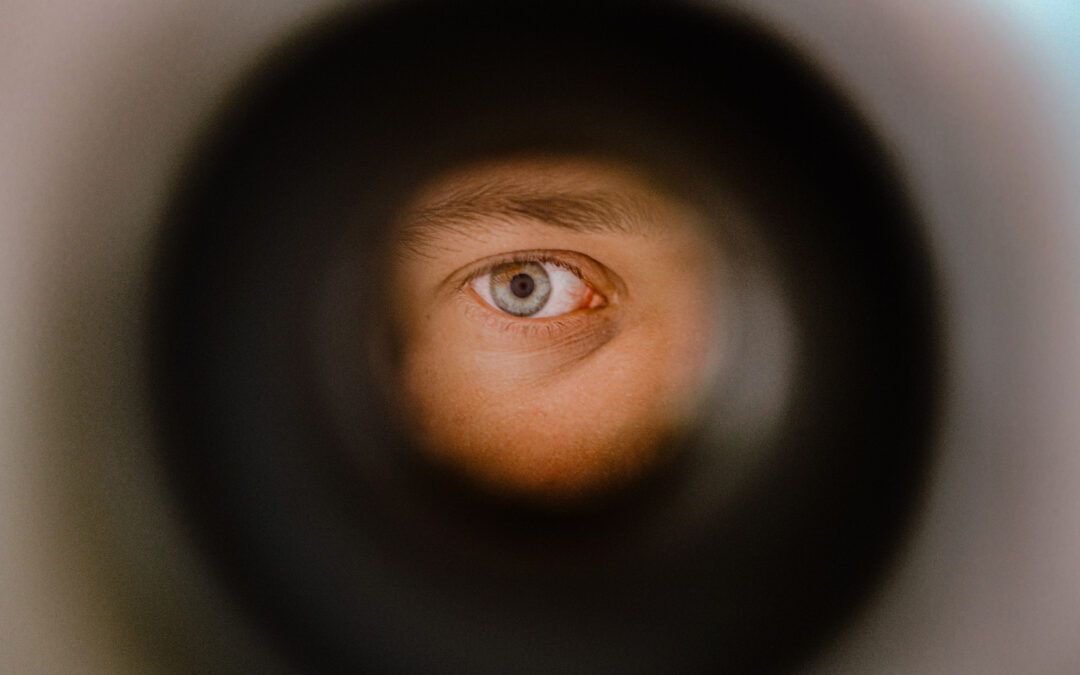
Countering the Stalker
Stalking is a problem that often isn’t recognized until it’s well out of hand, and advice from friends and relatives is often limited to platitudes about restraining orders or buying a gun. Our hosts take a look at the nuts and bolts of the problem with an eye to strategy and the recognition that legal solutions can be frustratingly time consuming.

Training: The Good, The Bad & The Dangerous
In a crossover episode of Tactical Tangents, Mike sits down with Danimal of The Thin Brewed Line to talk about setting up a training program to keep officers alive on the streets…and in the training environment. In a dangerous profession, the danger shouldn’t be coming from inside the program!
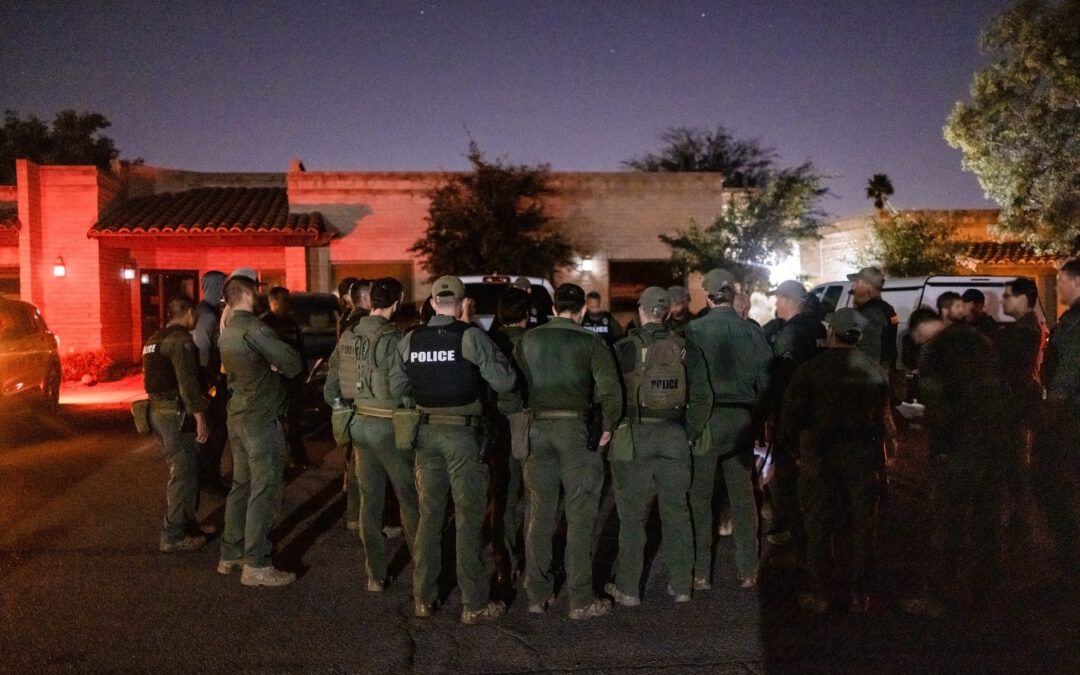
The Big Ideas: What We’re All About
What are we doing here and why are we doing it? With an assist from Mike, Jim lays out the secret; the keys to the whole mission of Tactical Tangents. These are the key concepts to helping the Doers do things better in the tactical world, whether military, law enforcement, or general personal defense.
From Waco to Uvalde, and Combat Planning to Zombie Prepping, Jim walks us through the key ideas in the Tactical Tangents Podcast. We hit OODA Loops, Flight Safety, Shooting Training, Talent Selection, and Personal Resilience.
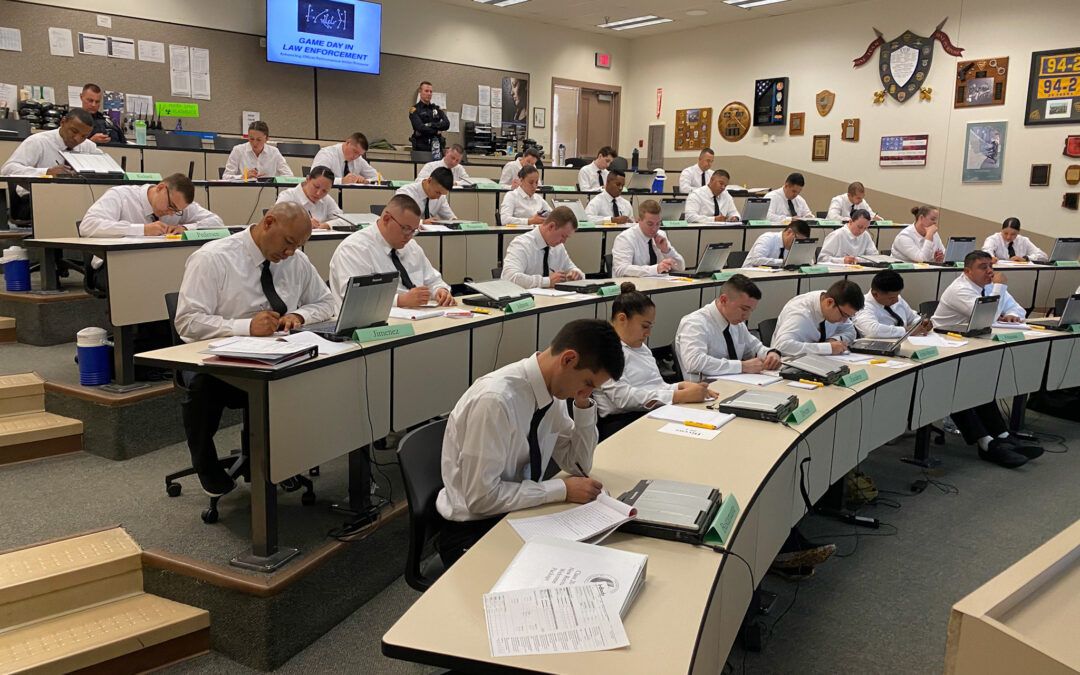
Instant Expertise (just add experience)
It’s easy to find yourself thrust into a position where others regard you as an ”expert”, but what really constitutes expertise? Do you have it? Can it be acquired? When will you feel like you have it? (And why feeling like an expert should be a warning sign…)
What makes an expert? Are you one? Do your friends or your employer consider you one? How does one go about seeking expertise? Relatedly, it’s a big and confusing internet out there and every day you are confronted with people who claim to be experts. Jim and Mike have some tips for separating the expert wheat from the poser chaff, especially when that purported expert is in the mirror.

A War Waged Against Dallas PD
A lone gunman killed 5 Dallas police officers and wounded several others in this 2016 attack following a series of contested officer involved shootings throughout the country. Lessons include ambush and counter-ambush tactics, the militarization of law enforcement, and use of a bomb robot rigged with explosives to subdue the attacker.

Short Talk: Safety Strategy: The Swiss Cheese Model
In this short episode, Jim introduces the idea of layering safety and security to “trap errors” and mitigate the risk of human error. We want to help you do dangerous jobs safely.
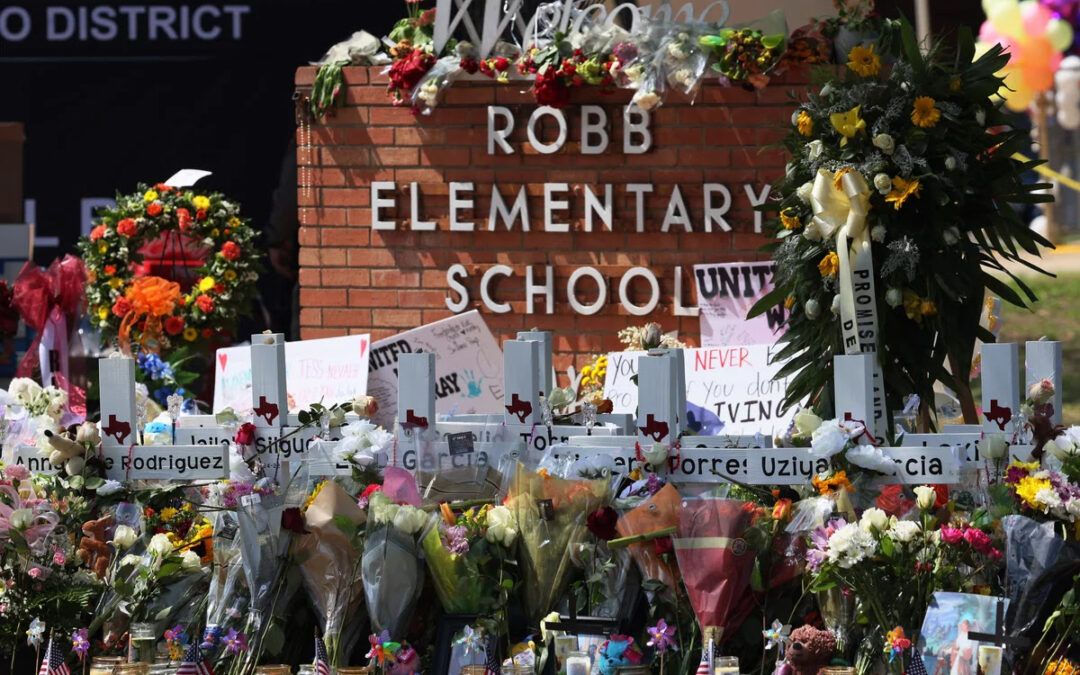
Teach Them Monsters Can Be Defeated: Rampage Murder Update Episode
School Shootings seem to be on the rise, is gun control the answer? How many red flags does someone have to show before you intervene? Let’s look at the evidence and learn from the recent cases like Parkland and Uvalde.
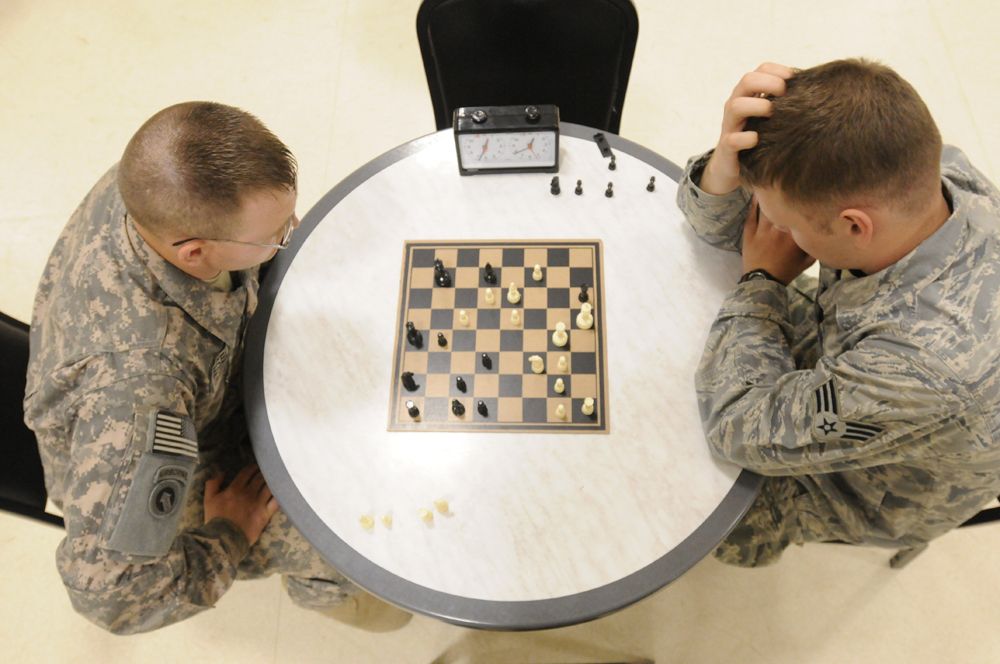
Making the Right Call: Tactical Decision Making and Scene Command
Mike & Jim work through the considerations a tactical commander has to account for to accelerate the decision making process, navigate risk, and ultimately encourage initiative and violence of action.
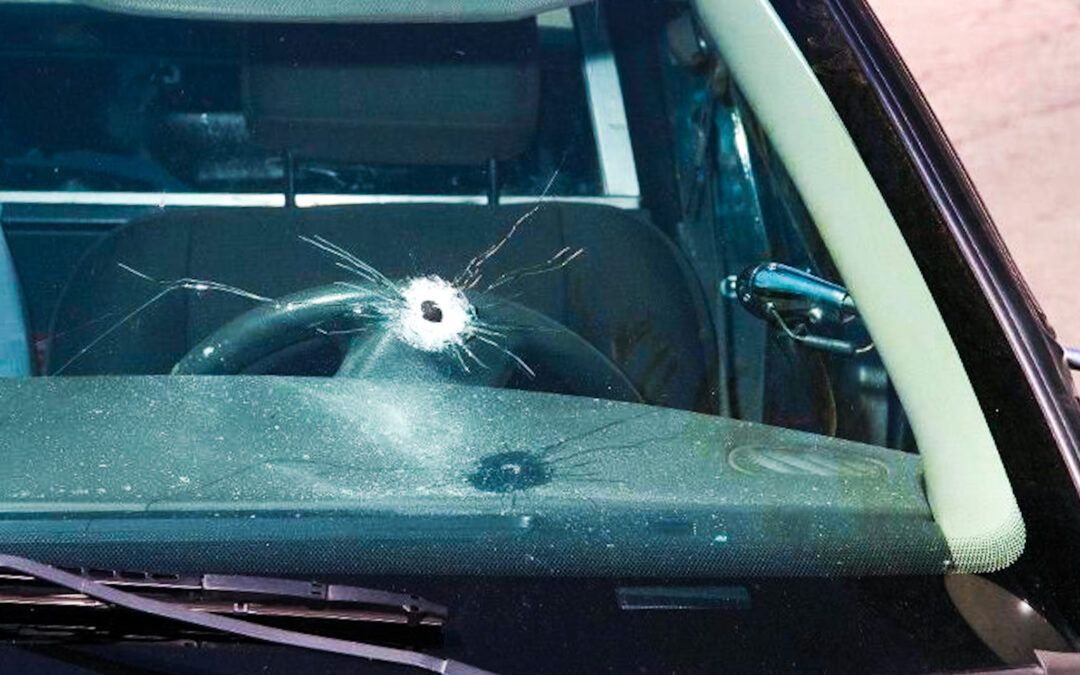
Short Talk: What does it mean to “Be Safe?”
Mike has a quick rant about when someone says “Be safe tonight!” What does that even mean?
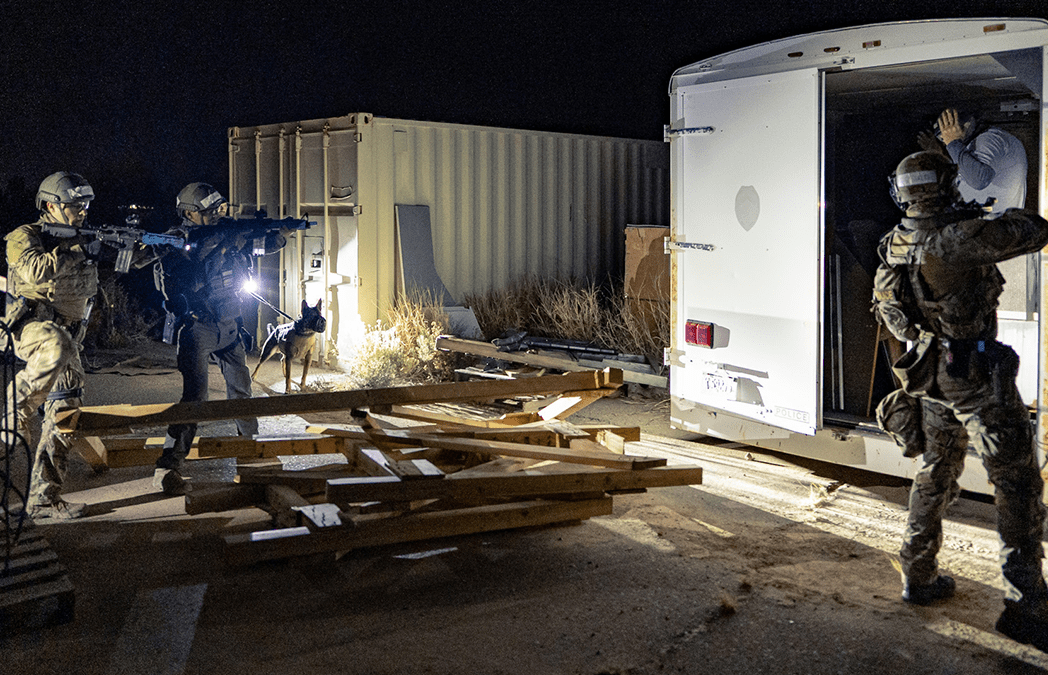
Are You Thinking What I’m Thinking? Developing Telepathy in High Performing Teams
People who have worked together long enough can almost read each other’s minds, and that sense of shared consciousness and implicit communication is the secret sauce to taking a team dynamic to the next level. Mike and Jim discuss group dynamics and ways to develop the bonds to take teamwork to the next level.
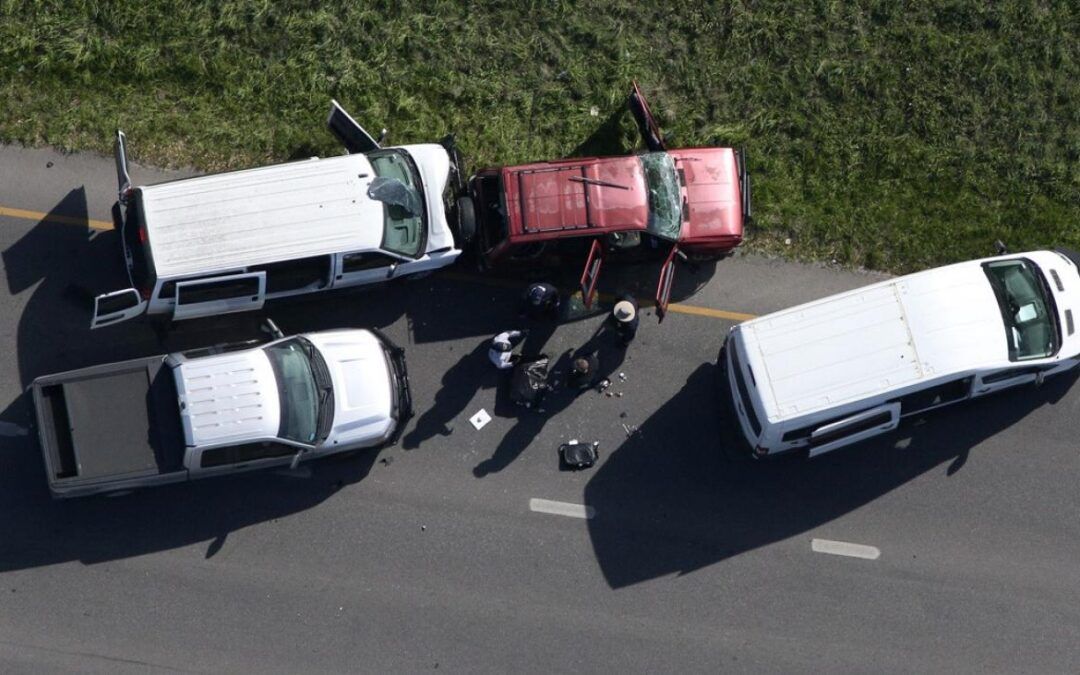
Finding the Bomber
Ever wonder why you suddenly had to start showing ID to ship a FedEx package? Blame a serious of mysterious, deadly blasts in Texas five years ago. How does one go about finding the perp in a mystery bombing case? What patterns and clues stand out? All this and more are in this episode of Tactical Tangents.

Put Me In, Coach!
Whether its an athlete of the conventional sports kind or the tactical variety found on a SWAT team or military base, there’s a tremendous value to be gained from a good coach. How can you spot a good coach? More importantly, what are the indicators of a bad one? How can you be a good coach for the people who look up to you? Listen in and find out!
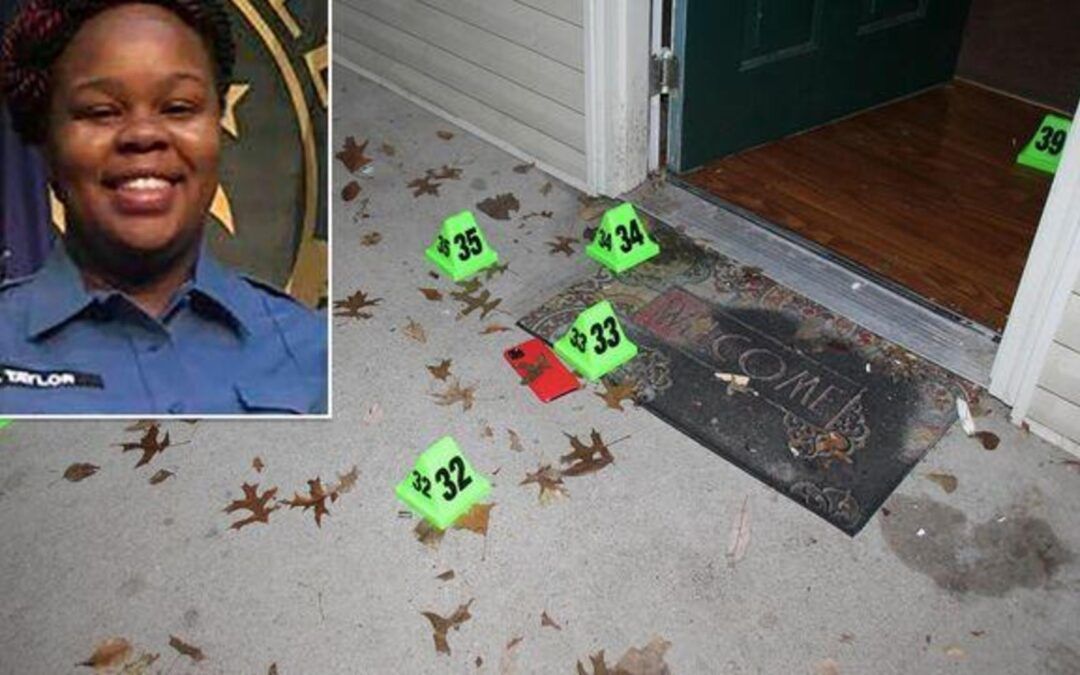
Both Sides of the Door – Breonna Taylor and Bad Outcomes
While it’s about the Breonna Taylor incident, we’re focusing on the tactical issues surrounding the actual warrant service that night, not the plethora of issues that led to it. Risk is always involved in serving a warrant, so how can it best be mitigated for all involved? Remember that having a warrant doesn’t make you any smarter or tactically proficient. The court just gave you permission; the skill department is all on you.

The Real Burdens of Everyday Carry
One of our favorite topics at Tactical Tangents is realistic risk management, and this applies in the personal world as well as the operational one. While “EDC” has turned into a marketing term for everything from watches to para cord bracelets, what do you really carry every day. Listen to this episode for a deep dive into the topic. Remember, millions of people go unstrapped yet remain unclapped every day.
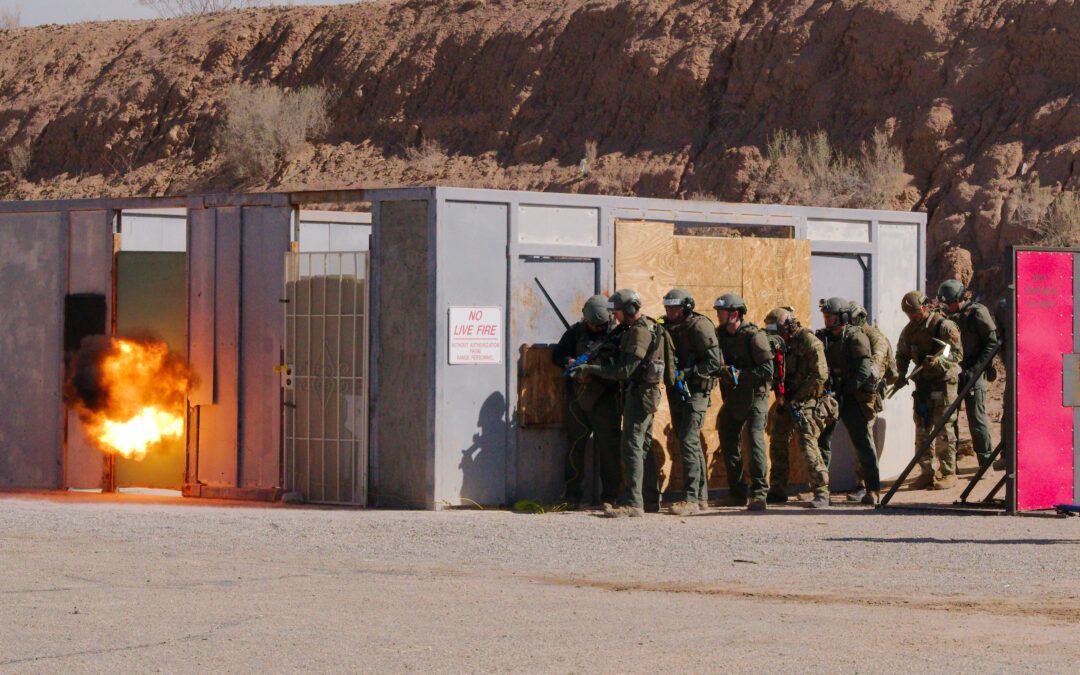
Problem Solving As A Team Sport
Institutional knowledge and memory are what gets used to solve problems, and that’s why it’s important for an organization to select compulsive problem-solvers as members. Everyone is going to bring their own viewpoint based on their specialty, but it’s important for them to know when the problem is outside of their specialty, as well as how they can contribute when it’s time to get…unconventional. Tune in to learn how to teach your team the difference.
No Results Found
The page you requested could not be found. Try refining your search, or use the navigation above to locate the post.
Eyes In the Back of Your Head: A Personal Radar System
Ever get that tingling sense that someone is coming up behind you? We found a company that invented a personal security radar that could drastically limit an adversary’s ability to surprise you. That’s worth talking about.
Fighting at Night
With some reasonable preparation, proportional to your personal risk of having to fight at night — you can use the darkness to gain and maintain gross overmatch. Start by sorting out your own personal risk, which should drive your investment in training and equipment. Consider both technical and non-technical ways you can improve your ability to see and screw with your adversary’s ability to see.
How to Handle a Traffic Stop
Traffic stops are dangerous and unpleasant. A lot of forces converge to make traffic stops dangerous: cops get killed on traffic stops, so they are anxious about them, some communities feel unfairly targeted and perceive a risk from the police, and everyone is at risk to distracted and drunk motorists passing by the stop. No one likes being pulled over, especially if they don’t trust the police. There has to be something we can do to make this whole thing safer and easier for everyone
These aren’t my pants…
The subtle, contextual cues that guide our instincts are often tough to put our finger on, but they are also the reason we might approach one person or situation differently than another. The last thing we want to do is leave those decisions up to someone else’s interpretation. It is difficult to teach what stress, deception, and threatening body language look like in training.
Tactical Case for Restraint
One of the key flaws in civilian tactical training is how much time and effort we put into shooting and fighting skills and how little time and effort we put into conflict resolution. If all we teach is shooting, and the one tool in your “toolbox” is carbine skills, then the whole world might tend to look like a shooting range to you. That is a dangerous habit pattern…
